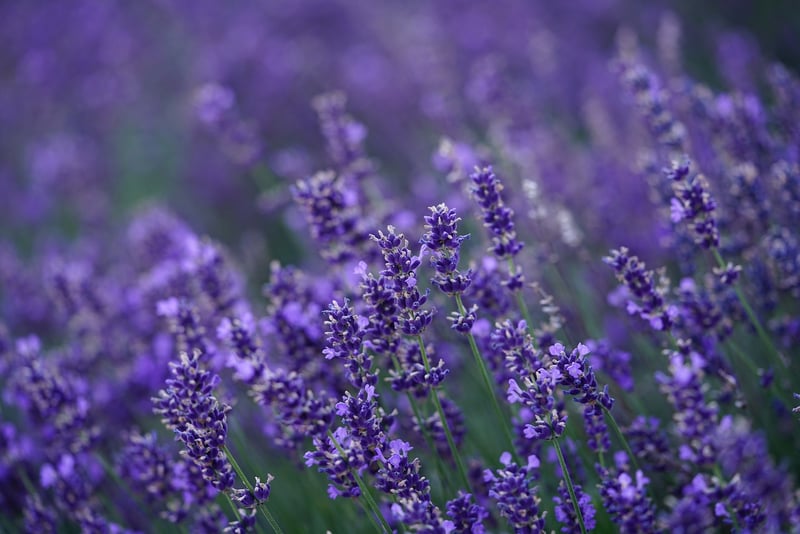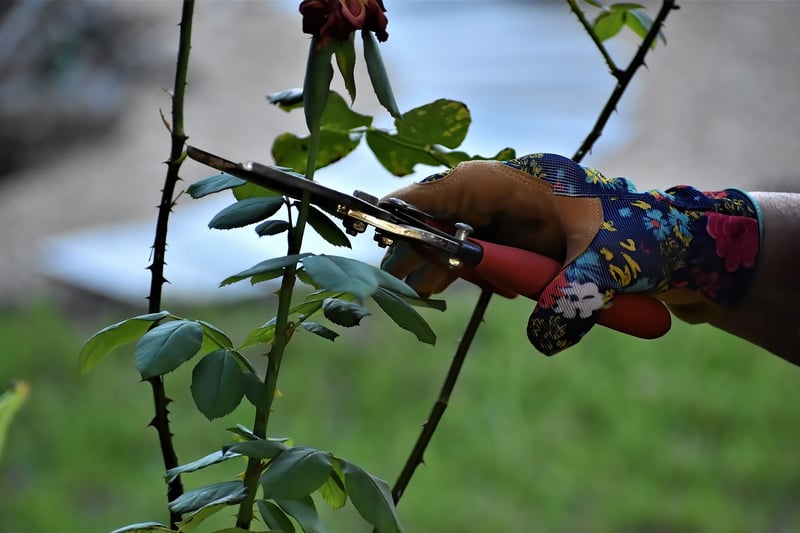Pruning Techniques
Essential Plant Maintenance and Pruning Techniques
Proper plant maintenance and pruning are essential practices to keep your garden or indoor plants healthy and thriving. By understanding the basics of plant care and pruning techniques, you can ensure your plants look their best and continue to grow vigorously. Here are some tips to help you maintain your plants effectively:
1. Regular Watering
Watering is crucial for plant health. Make sure to water your plants regularly, but be mindful not to overwater them, as it can lead to root rot. Different plants have varying water requirements, so it's essential to know the specific needs of each plant in your care.
2. Adequate Sunlight
Most plants require sunlight to carry out photosynthesis and thrive. Be sure to place your plants in locations where they can receive adequate sunlight based on their specific light requirements. Some plants prefer full sun, while others thrive in partial shade.
3. Proper Pruning Techniques
Pruning is the process of selectively removing branches or parts of a plant to promote healthy growth. It helps improve the plant's shape, encourage flowering, and remove diseased or damaged parts. When pruning, make clean cuts at a 45-degree angle just above a bud to promote new growth.
4. Removing Dead or Yellow Leaves
Regularly inspect your plants for dead or yellow leaves, as they can attract pests and diseases. By removing them promptly, you can prevent the spread of any potential issues and redirect the plant's energy to healthier parts.
5. Fertilizing
Provide your plants with the necessary nutrients by fertilizing them appropriately. Different plants have different fertilizer requirements, so be sure to use the right type of fertilizer and follow the recommended application instructions.
6. Mulching
Applying a layer of mulch around your plants can help retain moisture, suppress weeds, and regulate soil temperature. Mulching also adds organic matter to the soil as it breaks down, improving overall soil health.
7. Monitoring for Pests and Diseases
Regularly check your plants for any signs of pests or diseases. Early detection can help prevent the spread of infestations and diseases. Consider using natural remedies or pesticides if necessary, but always follow the instructions carefully.
8. Training and Supporting Plants
For climbing or vining plants, provide adequate support such as trellises or stakes to help them grow upright. Training plants by gently guiding their growth can also help maintain their shape and encourage healthy development.
Conclusion
By incorporating these essential plant maintenance and pruning techniques into your gardening routine, you can ensure that your plants stay healthy, vibrant, and beautiful. Remember to tailor your care practices to the specific needs of each plant, and enjoy watching them flourish under your thoughtful care.


